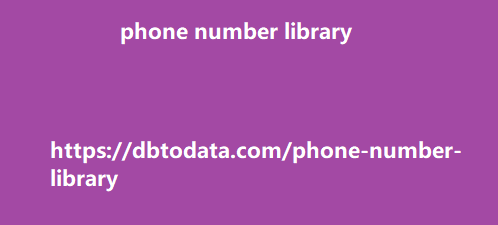Semrush has a really good article on this topic. Sometimes when a lower page rank has more relevance to a query than that of a higher one, the lower one will take priority. Rankings now depend on Google’s data in relevance to the user’s query. In the end, the searcher still has control on the search results depending on how good and specific he/she is in defining his/her query. This is why we believe in optimizing for users, not just search engines. Google: “With the amount of information available on the web, finding what you need would be nearly impossible without some help sorting through it.
Google ranking systems are designed to do just that:
sort through hundreds of billions of webpages in our Search index to find the most relevant, useful results in a fraction of a second, and present them in a way that helps you find what you’re looking for.” As mentioned earlier, algorithms are what comprises the ranking systems, and they look at hundreds of different factors. Algorithm updates ensure that Google will deliver only the highest quality results to its users, and so we prioritize optimizing the factors that these algorithm updates tell us are the most relevant. Caffeine There were algorithm updates before Caffeine, but I want to start with this.
The Caffeine update finished rolling out in 2010
and was created to speed up the indexing process and provide 50% fresher results for searches. Since the web was growing at an enormous rate, Google decided to switch up their indexing process from checking the entire web at one go to checking portions of it and updating their search index continuously. This is one of the main reasons why we focus on content freshness—to stay relevant to the users and the search engines. Panda Google wants their search engine to give only relevant web pages to their users, and avoid content that is irrelevant or spammy. Unfortunately, there were sites that functioned as content farms—meaning they employed plenty of freelance writers that would churn out content to satisfy Google’s freshness requirements brought about by the previous update.
So, Google released their Panda update to combat
websites that had bad backlink profiles and spammy content, effectively ensuring that the surviving websites would be ones that actually created quality content. Penguin Google Penguin is an algorithm update that was released in 2012. The update helped lessen the search presence of websites that use unethical link building techniques and keyword stuffing, while rewarding websites with high quality content. Hummingbird The Hummingbird update is a search algorithm that was released in 2013. This update improved how Google reads search inquiries by using the algorithm to understand each word of the search term. This helped Google understand user intent better as well, making long-form searches much more effective, and ensuring that the whole search term is taken into account.
RankBrain RankBrain is a machine learning algorithm
rolled out in 2015 that made ranking bulgaria phone number library a lot more competitive than before. See, RankBrain is AI—and it was built off Hummingbird’s ability to recognize “things” instead of “strings” (which is also why pages can rank for multiple keywords instead of just one). Context now plays a role in Search as well, which means that SEO practitioners need to optimize as close to user intent as they can. All in all, RankBrain ensured that only the most meaningful and relevant results would be served to the users, so the goal now is to become an industry leader and not just someone who writes blogs to bring in traffic.
Because of RankBrain, we’re more focused on
comprehensive, relevant, evergreen content that will answer our target audience’s questions. Medic The Medic update penalized Your Money or Your Life (YMYL) websites, especially those with little to no Expertise, Authority, or Trust (E-A-T) signals. These sites were referred to as YMYL as they contained potentially life-altering content, such as health and medical websites. The websites that were hit the worst were websites giving unsubstantiated medical claims or advice, and retail sites that had no medical studies to back their claims. BERT With the BERT model, Google became able to understand words in the search query in relation to each other, instead of interpreting them independently of one another like before.
The primary target of the BERT update were
long-tail keywords, so that Google design your comprehensive christmas marketing plan can assist its users in finding useful information. This update stressed the importance of creating content and optimizing for users and not just search engines. If the search engine can understand complex words and sentences but the user cannot, then it would be useless for the search engine to present your content to its users. Page experience update The page experience update started rolling out in June 2021 and was completed at the beginning of September. The update is pretty straightforward: user experience has become a ranking factor, which is why we don’t just optimize content—we also optimize for mobile-friendliness, core web vitals, security, and ad experience.
According to Google, the rollout of the desktop
version of this update finished last powder data March 4, and the factors will be the same except for mobile-friendliness. Page experience desktop factors MUM With Google MUM, the SERPs are expected to be a lot more visual, and the SEO industry is expected to place more importance on semantic search in general. According to Google, “Across all these MUM experiences, we look forward to helping people discover more web pages, videos, images and ideas that they may not have come across or otherwise searched for.” Google’s search results are about to get relevant information pertaining to their users’ needs.

